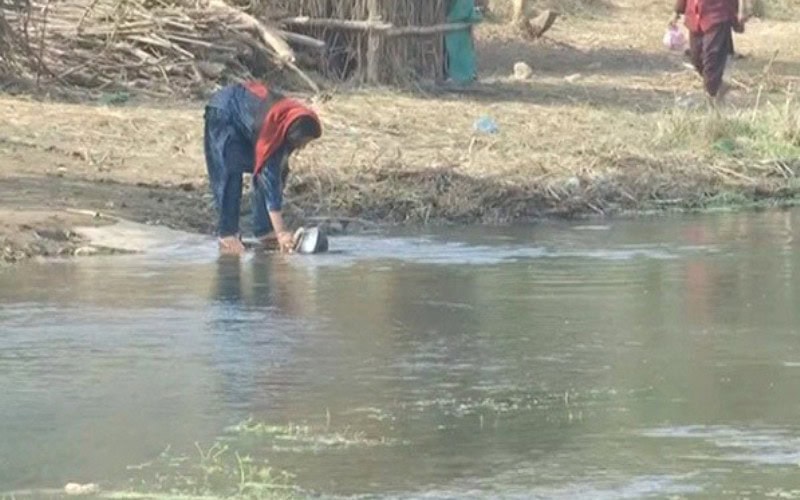Dehradun: After the success of Environmental Isotope application technology, an initiative of Uttarakhand Forest Department, in the rejuvenation of water springs in Uttarakhand’s Sukhlapur, Uttar Pradesh government is planning to launch the project in various towns of the state.
Uttar Pradesh government is planning to rejuvenate various water springs in the state with the help of Environmental Isotope Application Technology, an initiative of Uttarakhand Forest Department, which helped revive the drying springs in the hilly state’s Sukhlapur.
In this technology, water samples are taken from the different springs and isotope and geochemical analysis are done to identify recharge areas of springs for rainwater harvesting in the mountainous region.
Rainfall samples are taken at locations of the approximate altitude for the establishment of the recharge areas, by comparison of isotope compositions.
“This works because water in a certain environment develops a certain “fingerprint” – especially with regard to altitude,” said Anil Joshi, the founder Himalayan Environmental Studies and Conservation Organization (HESCO). “The UP”>UP government is also planning to replicate the process,” added Joshi.
The northern states- Uttarakhand, Himachal Pradesh and Uttarakhand – last year witnessed worst water crisis in decades after the water level in springs and rivers including Ganga went significantly low.
Following the launch of the project under Compensatory Afforestation Fund Management and Planning Authority, a total of 65 springs were rejuvenated in the Himalayan region through this technology. The technique has been successful in increasing the discharge of the spring water with all necessary cleanliness.
Along with that, the benefit of the project is also reflected in the agricultural sector, where the yield of wheat, paddy and vegetables increased significantly due to an increase in underground water. The fisheries and animal husbandry were also initiated at a commercial level by the villagers.
“This project has given us the multipurpose output. The land in the region was earlier barren but now as soil water retention has increased it helped in increasing the soil fertility,” informed Rajiv Dhiman, the Divisional Forest Officer of Uttarakhand.
The success of the low cost, environment-friendly technique gave new hope to the springs in Himalayan reason, where currently 30 percent of the springs have dried up, and an additional 45 percent of the springs are on the verge of drying up.
“This technology was strategically used to serve the dual purpose of quantity and quality. The sole purpose of this measure was to avail technology for a rural community in a simple fashion. A rural community otherwise cannot afford water filter devices and as well face water crises as water distribution system is a growing community conflict issues. The techniques, on one hand, ensure my village ample amount of water for the community, ” said Deepa Uniyal, a villager.
[source_without_link]ANI[/source_without_link]

